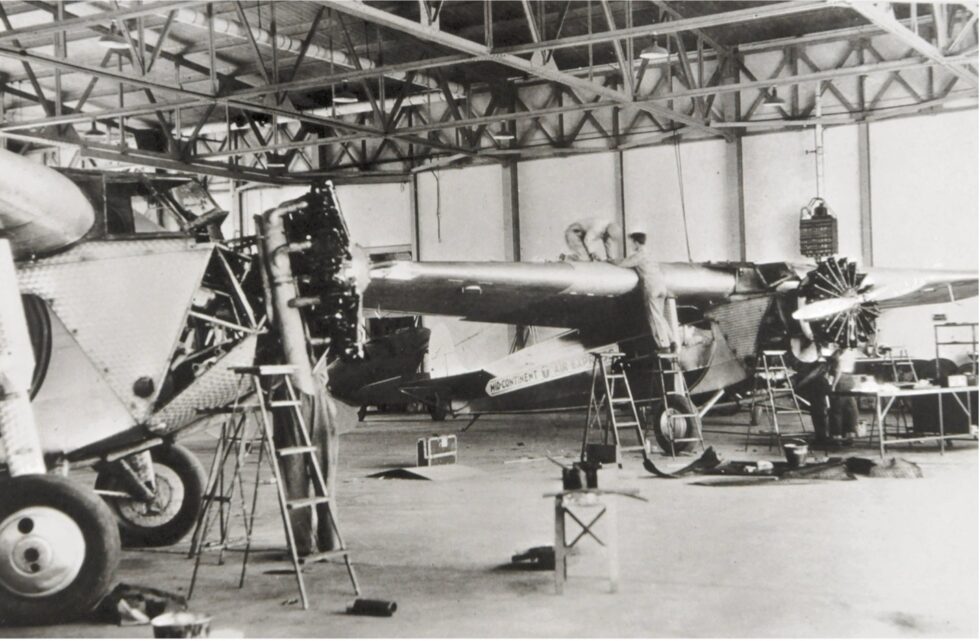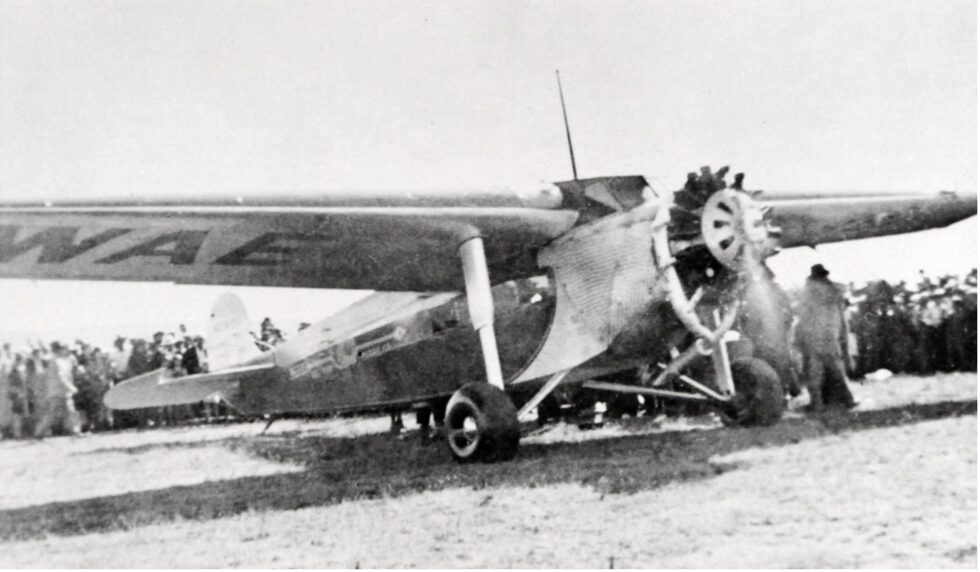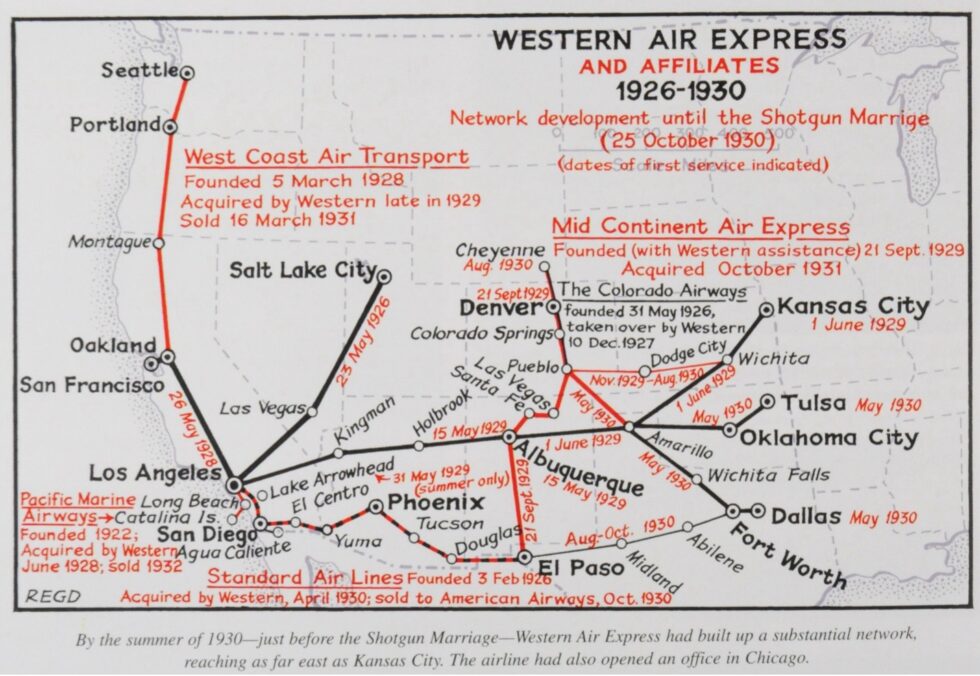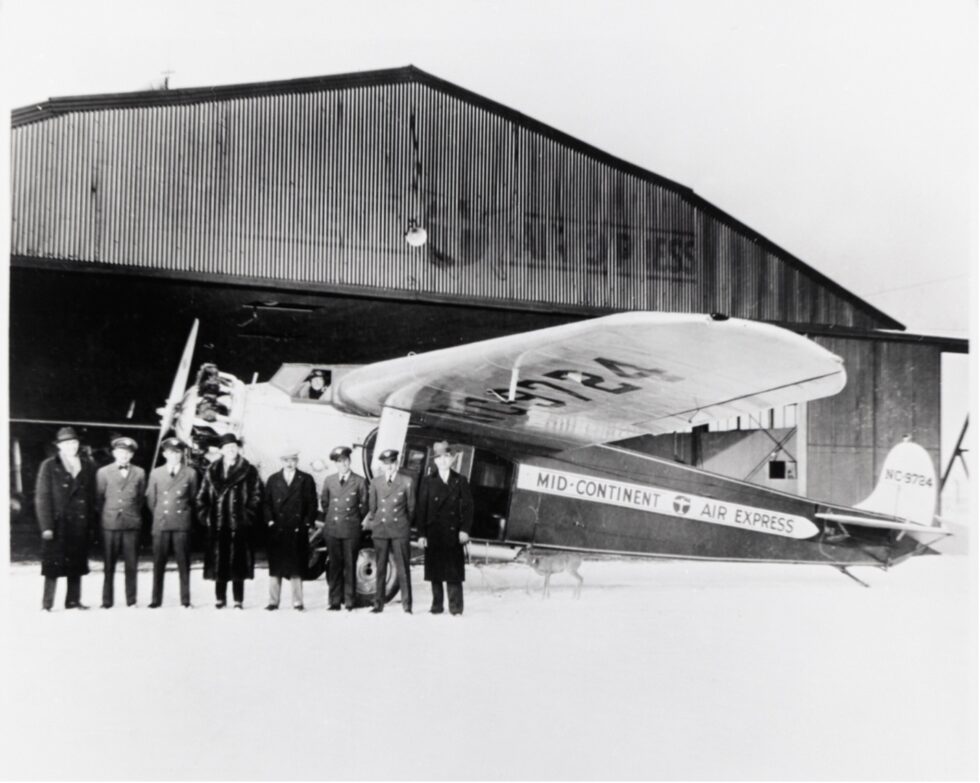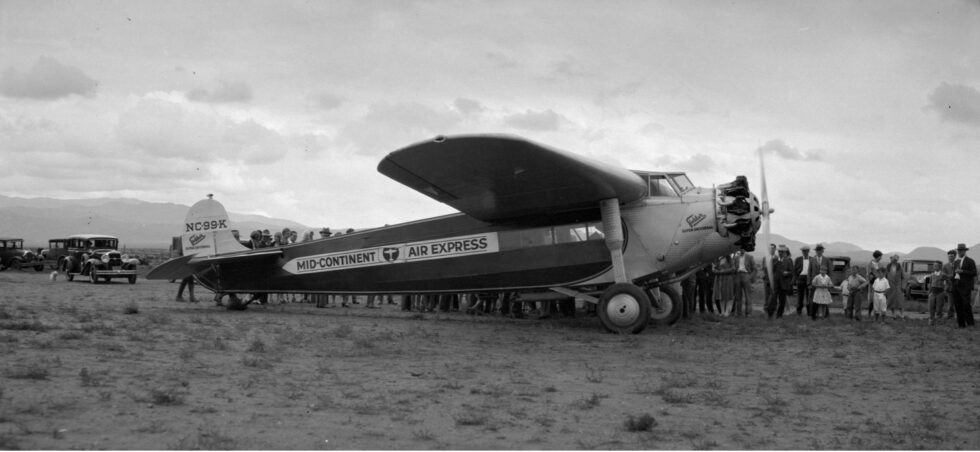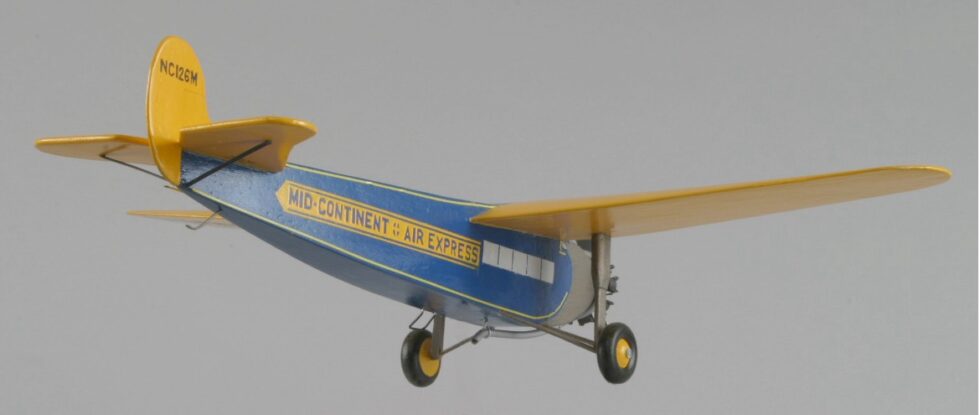Mid-Continent Air Express Fokker Model 8 Super Universal
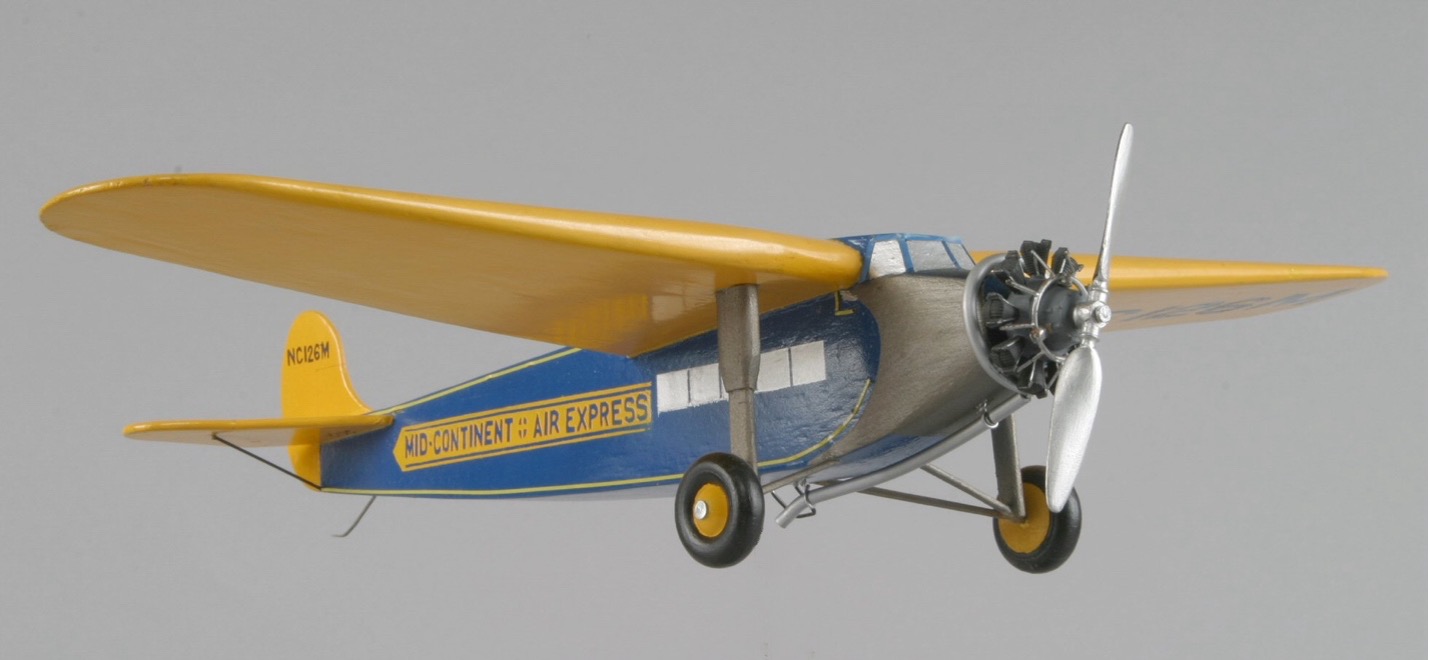
MODEL BY:
TWA
Model Scale:
1/40
MODEL ADDED:
N/A
historical significance
First Albuquerque Visit: 1929
Additional Information:
The Fokker Super Universal was an airliner produced in the late 1920s by Fokker America in the United States. The Super Universal, also called the Model 8, was an enlarged and improved version of the Fokker Universal and it came with cantilever wings and an enclosed cockpit. The Super Universal was first used on the Byrd Antarctic expedition and was one of the most produced aircraft of the Fokker America models. The Super Universal was a conventional, high-wing cantilever monoplane with a fully enclosed flight deck and cabin and a fixed undercarriage. Improvements over its forerunner included an enclosed cockpit and a new wing that eliminated the requirement for struts, bringing it in line with the rest of Fokker’s designs.
The Fokker Super Universal fell victim when another Fokker design, the Fokker F-10, crashed near Bazaar, Kansas on March 31, 1931, with Knute Rockne, the well-known Notre Dame Football coach on board while heading to participate in the production of the film “The Spirit of Notre Dame”. Both the pilots and all six of the passengers were killed in the crash. A thorough and well-publicized investigation concluded that the Fokker, operated by a the newly-formed Transcontinental and Western Air (TWA), broke up in the air due to fatigue cracks in its famous cantilevered stressed plywood wing joined one of the engine mounting struts.
The entire Fokker Super Universal fleet was grounded and inspected after similar cracks were found in many examples. This failure resulted in a complete overhaul of standards for new transport aircraft and drove to the incorporation of all-metal construction in commercial aircraft beginning with the Boeing 247 and Douglas DC-2.
Mid Continental Air Express was the third commercial airline to begin service to New Mexico in 1929. The carrier was created with the financial backing of Western Air Express and started a north-south route between Denver and El Paso with stops Pueblo, CO as well as Las Vegas, Santa Fe, and Albuquerque, NM. Service began on September 21, 1929 and the aircraft used was a Fokker Model 8 Super Universal. The leg between Albuquerque and El Paso, TX appears to have been suspended for a short time in early 1930 and Colorado Springs was added as a stop between Pueblo and Denver by April 20, 1931. Western Air Express was operating a Pueblo-Colorado Springs-Denver-Cheyenne, WY route and the operations of Mid-Continent were merged into Western on September 27, 1931. The entire route from El Paso to Cheyenne was then operated as Western Air Express until July 15, 1934 when the air mail contract was awarded to Varney Speed Lines for the El Paso to Pueblo portion of the route and to Wyoming Air Service for the Pueblo to Cheyenne portion. Varney went on to become Continental Airlines in 1937. This north-south route allowed passengers to connect with the east-west routes of Transcontinental and Western Air (TWA) at Albuquerque, with American Airlines at El Paso, and with United Airlines at Cheyenne. It wasn’t until several years later that Denver became the primary east-west stop for United over Cheyenne.
Mid-Continent Air Express began service on September 21, 1929 and flew the Fokker Model 8 Super Universal on a route from El Paso, Texas, through New Mexico to Pueblo, Colorado making stops in Albuquerque, Santa Fe, and Las Vegas. Mail and occasional passengers were carried. The carrier was bought out by Western Air Express in 1931 and the route was extended northward to Colorado Springs, Denver, and terminating in Cheyenne, Wyoming. Aircraft flown into Albuquerque were NC126M and NC99K.
A Mid-Continent Air Express Fokker F-8 Super Universal parked at the first airfield in Santa Fe, New Mexico.
One of the Fokker Super Universals operated by Western Air Express is seen at Oxnard Field in Albuquerque.
Below are two Fokkers being serviced in a hanger.
GALLERY:
SEARCH OUR DATABASE:

